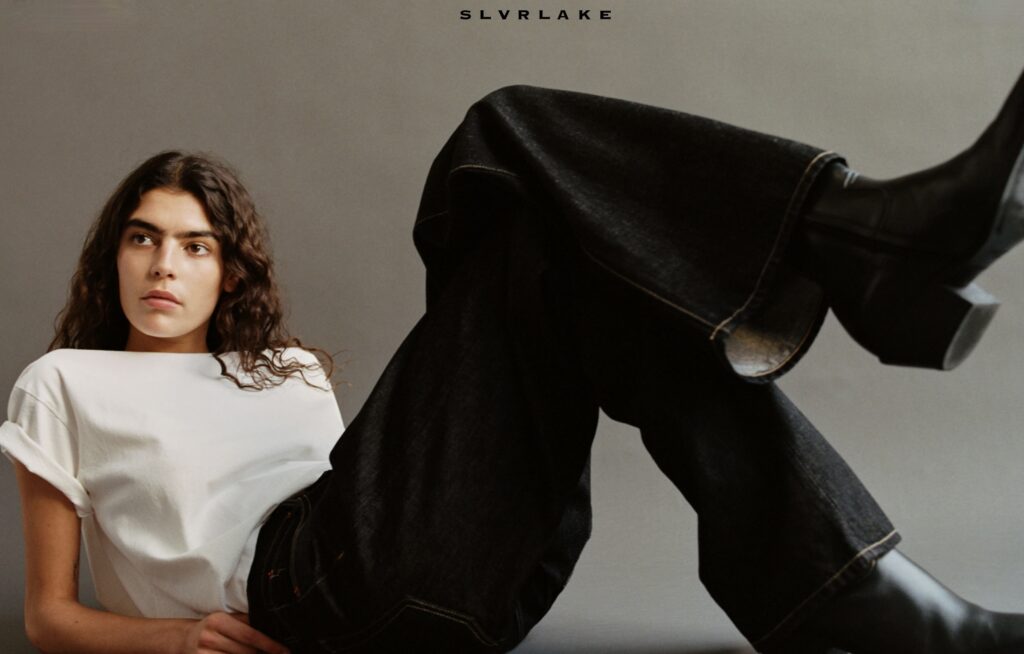The topic of artificial intelligence (“AI”) is on nearly everyone’s lips and the offerings on the market are diverse. However, when it comes to the specific use of AI outside of the private sphere, important questions arise in companies that need to be answered in advance. A significant proportion of these questions relate to the area of intellectual property (“IP”). What IP law pitfalls do companies need to be aware of when using AI in connection with their business operations?
Legal issues relating to AI and intellectual property (i.e. trademark and labelling law, copyright and design law, rights of publicity/privacy, trade secrets, etc.) are primarily concerned with the input of data into an AI. What content may be inserted into which AI model and in what way? However, there are also important points to consider from an IP law perspective with regard to the output of an AI (i.e., the specific use of the content generated by the AI) within or outside the company.
IP on the Input vs. Output Sides
Before content is entered into an AI platform, companies should check how the AI tool to be used is technically designed. A decisive factor for an (IP law) assessment is, for example, whether the AI tool is operated by the company “on premise” (i.e., in particular on the servers controlled by the company without a connection to external servers of the AI provider). However, it is also important how the AI deals with the content that is entered into the AI-powered tool by the user company. It is, therefore, advisable to check the terms of use of the respective AI provider. Caution should be exercised if the terms state that the input (and often also the output) is stored, used to improve the AI-tool, uploaded to a database, or shared with other users.
If this is the case and there is no contractual agreement between the company and the AI provider that prohibits the AI provider from doing so, no IP-protected third-party content should be inputted into the AI tool. In particular, companies should avoid using their copyright-protected works (such as texts, photographs, marketing materials, slogans), content protected by personal rights (such as portraits of persons or data relevant to personal privacy), and trade secrets, whether they be the company’s own or those of business partners, when making use of AI tools.
The output side can also be relevant under IP law, which is why companies should not publish AI-generated content without checking it. If the AI-generated output is to be used, for example, as part of advertising campaigns, whether on the company’s own website or on social media, for example, the advertising company is responsible for the use of this output.
The greatest risk with AI-generated content lies primarily in the previous training of the AI, in which billions of pieces of data are fed into the AI’s neural network, most of which has been downloaded from freely available content on the internet (so-called scraping). This data may contain IP-protected content, such as copyrighted works, designs, trade secrets or third-party brands and trademarks. Users of the AI often cannot readily determine what data was used to train the underlying AI model(s). As such, they also do not know whether the rights holders have agreed to this training or whether they have not reserved the right to use their works for the training.
As such, the output of an AI tools always harbors the risk that third-party rights are being affected and infringed unless the rights holders have been given their consent for its use (or there is fair use at play).
The output may infringe copyrights, for example, if it recognizably contains protectable third-party works or if the protected work is changed by the output without the original work’s personal characteristics fading, thereby, giving rise to an unauthorized derivative work. The reproduction of a well-known style, a motif or an artist’s idea, on the other hand, is generally permissible, as these cannot themselves be protected by copyright.
Trademarks & Liability
In addition, trademark and labelling rights may also come into play if the output reproduces marks that are identical or confusingly similar to third-party trademarks or signs and the marks in the output are used as trademarks. Meanwhile, if the output consists of a design that does not create a different overall impression on the informed user than a pre-existing registered third-party design, this may infringe design rights if no rights have been granted. If the output recognizes real persons or names, the personal rights of the persons (also known as publicity rights) at play may also be infringed.
As the language-based AI models work on the basis of statistical probabilities, they recognize correlations but not causalities, and they work with syntax but not with semantics. As such, the output of the AI model can contain errors of any kind (so-called hallucinations), with such hallucinations often only becoming apparent with precise knowledge of the area in question since they are presented by the AI just as “convincingly” as correct results.
The same applies to errors that are based on a lack of quality in the AI’s training data (so-called bias): If an AI had only been trained with data from England, it would only allow cars to drive on the left-hand side of the road in Germany, too. Human control is, therefore, essential.
Protections
In relationships with business partners, it can make sense to regulate the use of AI in existing contracts, as well as in new contracts to be negotiated. For example, it can be contractually stipulated whether the company generally authorizes its contractual partner to use AI or whether the use of AI should be limited to certain services to be provided. Information obligations can also be introduced, according to which the contractual partner is obliged to provide information about which services were created using AI at the request of the company or alternatively in any case. With regard to the granting of rights of use to the services provided, it is also advisable for companies to ensure that they do not suffer any disadvantages through the use of AI with regard to the scope of the granting of rights and the guarantee of freedom from rights compared to services that are created without AI.
The responsibility for the generated content will ultimately lie primarily with the party that uses it for business purposes. In a legal dispute, companies will not be able to defend themselves by arguing that the generation of the output lies within the sphere of the AI provider, so that the latter is responsible for infringements of IP rights. In the relationship between companies and AI providers, the terms of use will regularly provide for an exclusion of liability in favor of the AI providers for the generated content.
Does AI infringe rights – and if so, which ones?
The difficulty in practice will lie in recognizing whether the output contains third-party rights at all. As long as there are (still) no reliable tools for the technical control of the output, a risk assessment will have to be made in individual cases after a human control of the output. In addition to human control, companies can currently help themselves technically, for example, with similarity searches for pre-existing third-party trademarks or searches for third-party works and persons, for example with Google reverse search.
Guidelines create security for employeesIn order to further minimize the risks associated with the use of AI in the company, it is also advisable to train employees at an early stage and familiarize them with the positive and negative aspects of using AI. The use of an acceptable use policy is also highly recommended, which shows employees the permissible use of AI in the company and thus leads to safety for everyone involved.
Dr. Martin Soppe is a partner at Osborne Clarke, where he advises and represents companies primarily in copyright law, advertising law and media law, both in and out of court.
Johanna Pervelz is an associate at Osborne Clarke, where she advises national and international companies, in particular from the media sectors, on copyright and media law issues as well as on licensing law, advertising law and press law.











